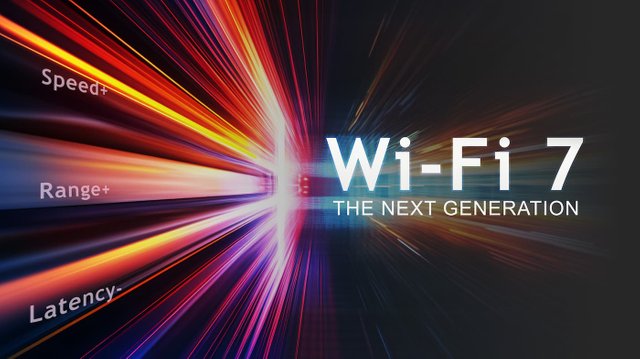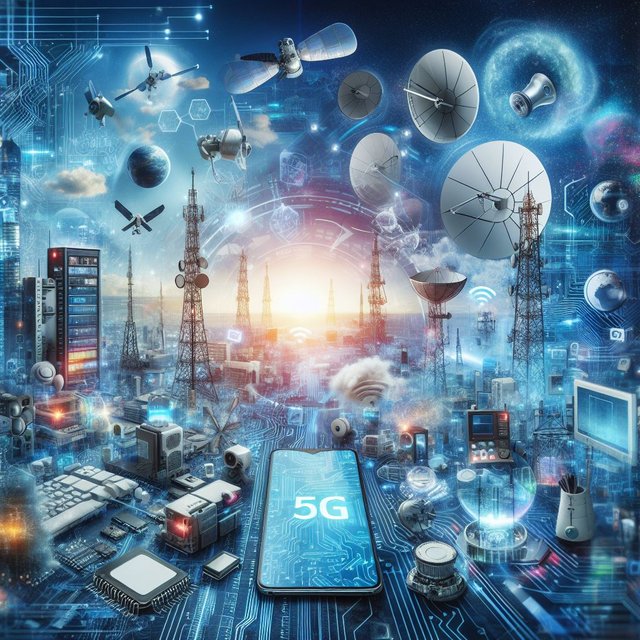How 5G connectivity and Wi-Fi 7 will shape up in 2024
5G and Wi-Fi have been backbones for most of AI’s workloads, ensuring low latency so there is no compromise on the use cases to which the technology is applied. While the hype in 2023 has generally been about generative AI, a key enabler for the technology to work best is the strength of its network.
In fact, 5G in 2023 has continued to see rapid development. With 5G already available in most countries in the world, the network has lived up to its expectations, providing users with a seamless connected experience. Currently, the countries with the fastest 5G speeds include South Korea and Singapore, according to a report by OpenSignal.
The growth of 5G has also allowed more use cases to be launched around the world. For example, there has been an increase in autonomous vehicles and robots for security and deliveries, something that requires a strong network connection with really low latency to perform well. In Singapore for example, there has been increased usage of 5G-powered machines, catering to public use cases.
At the same time, there has been an increase in the adoption of Private 5G. Compared to the public 5G network, a private 5G network allows an organization to provide restricted access to a licensed or unlicensed wireless spectrum. With similar capabilities to the public 5G network, private 5G is normally used by manufacturing plants, factories or even offices that want to have their employees working on a private dedicated network.
In Malaysia, for instance, oil and gas company Petronas is the country’s first organization to adopt a commercial private 5G network at its Regasification Terminal Sungai Udang (RGTSU) in Melaka. Petronas explained that the deployment of private 5G has improved operational efficiency and safety, supporting its business and sustainability targets.

5G in 2024
Femi Oshiaga, vice president of service providers, APAC and MEA at CommScope, commented that while industry reports estimate that mobile internet reaches 1.2 billion users currently in the Asia Pacific (excluding China), and the number of 5G users in the region is set to reach over 600 million in 2028, 4G networks still continue to be the predominant choice for mobile broadband users despite the push for faster 5G rollout and adoption.
“As we move into 2024, there will be a renewed focus on surfacing new use cases for 5G networks, and more operators using AI, and ML to optimize operations and drive revenue. The ability to make deployments easier and coverage wider will also be a key consideration for them as we see a decline in operator spending globally and in the number of investments. Easier deployments will help to drive down the cost of networking in general, while broader coverage will enable new use cases such as remote operations across vast isolated sites like oil drilling, mining, and other heavy industries,” said Oshiaga.
Oshiaga also pointed out that the path to 5G will remain challenging as telecommunications businesses think about monetizing their existing networks while coping with existing challenges such as ESG efforts and bridging the digital divide.

From 5G to Wi-Fi 7 in 2024
Apart from 5G, Wi-Fi is also expected to see more changes in 2024. As businesses continue to improve their network connectivity with Wi-Fi 6, Wi-Fi 7 is expected to make its debut in early 2024. According to the Wi-Fi Alliance, Wi-Fi 7 builds upon Wi-Fi 6 and focuses on WLAN indoor and outdoor operation with stationary and pedestrian speeds in the 2.4Ghz, 5GHz and 6Ghz frequency bands.
Reports also stated that Wi-Fi 7 is expected to offer a theoretical maximum throughput of 46 Gbit/s. This is achieved through features like 4096-QAM, Multi-Link Operation (MLO), and 16 spatial streams. Wi-Fi 7 also aims to provide 100 times lower latency compared to Wi-Fi 6, with 15 times better AR/VR performance.
Some of the core features of Wi-Fi 7 include:
• 4096-QAM: enables each symbol to carry 12 bits rather than 10 bits, resulting in 20% higher theoretical transmission
rates than Wi-Fi 6’s 1024-QAM.
• Contiguous and non-contiguous 320/160+160 MHz and 240/160+80 MHz bandwidth: increases capacity by
simultaneously sending and receiving data across different frequency bands and channels.
• Multi-link operation (MLO): allows for flexible channel utilization and can theoretically reduce latency by as much as
99%.
• Flexible channel utilization: interference can currently negate an entire Wi-Fi channel. With preamble puncturing, a
portion of the channel that is impacted by interference can be blocked off while the rest of the channel continues in
use.
Other candidate features of Wi-Fi 7 include multi-access point (AP) coordination, enhanced link adaptation and retransmission protocol, and integrating time-sensitive networking (TSN).
